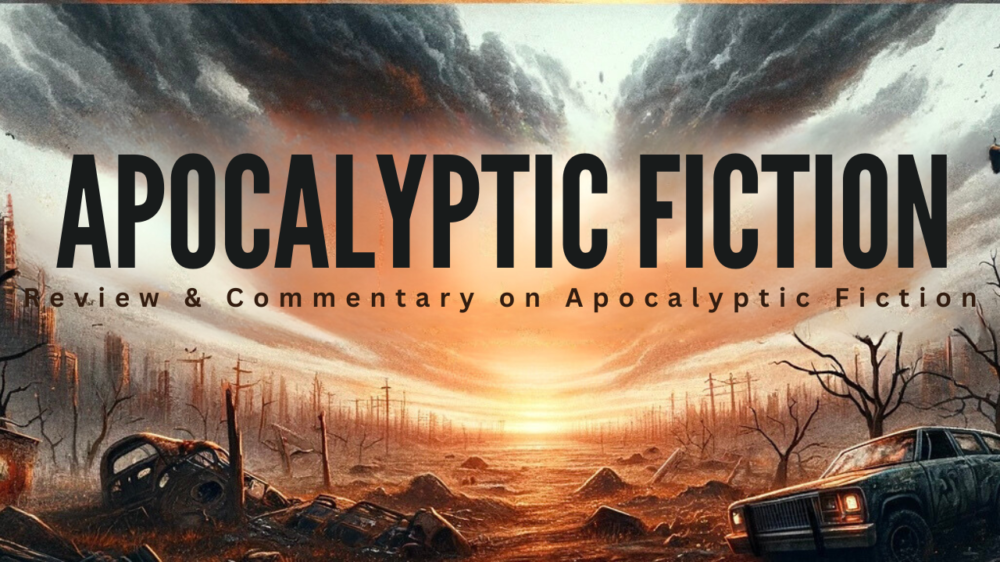An asteroid collision has destroyed civilization as we know it, killing 95% of the world’s population in Don Chase’s post apocalyptic novel After the Storm Book One: Menotomy. A group of survivors, at its core lifelong friends, have built an organized cooperative of sorts in the rubble of the Boston suburb, Arlington, Massachusetts (Menotomy). While the Boston area has escaped complete physical destruction due to the location of the asteroid strikes, it has been decimated by the complete collapse of economic, social and civil structure. Additionally, the world has gone into a nuclear winter caused by the massive amount of debris that was released into the atmosphere after the meteor collision. The group of survivors or “clan” as they are referred to in this post apocalyptic novel, has built their headquarters out of an abandoned strip mall. Duncan Mackenzie or “Mack” as he is most often referred, has been reluctantly cast as the leader of this small suburban Boston clan. Mack has more than his fair share of problems in this new world. Of course, food, water, fuel and medical supplies are always in very short supply but a new complication arises as the remnants of the US Army, ruled by a non-elected, ethically challenged government, comes up from their bunkers and tries to reestablish control over the population.
Given such a dire post apocalyptic setting, the characters in After the Storm relate in a refreshingly jovial manner, “busting balls”, as longtime friends are prone to doing. Under extraordinary amounts of stress, we see how close friendships, community support and comradely are essential in the survival and well-being of everyone in this tight-knit group. The development and continuation of meaningful, substantial relationships becomes the source of strength for the entire community. As long as one doesn’t get hung up on some of the minor technical details that could upset some hard-core prepper types, such as the reliance on gasoline without mention of its limited life span, After the Storm is a very enjoyable book. The story is continuously refreshed through the often times hilarious dialogue between regular folks. After the Storm is different from many apocalyptic novels. Instead of focusing on endless scientific and technical details, it primarily focuses on the relationships that would sustain survival. After all, meaningful relationships are what would make survival worthwhile in the first place. It is a point well taken by this reader.

